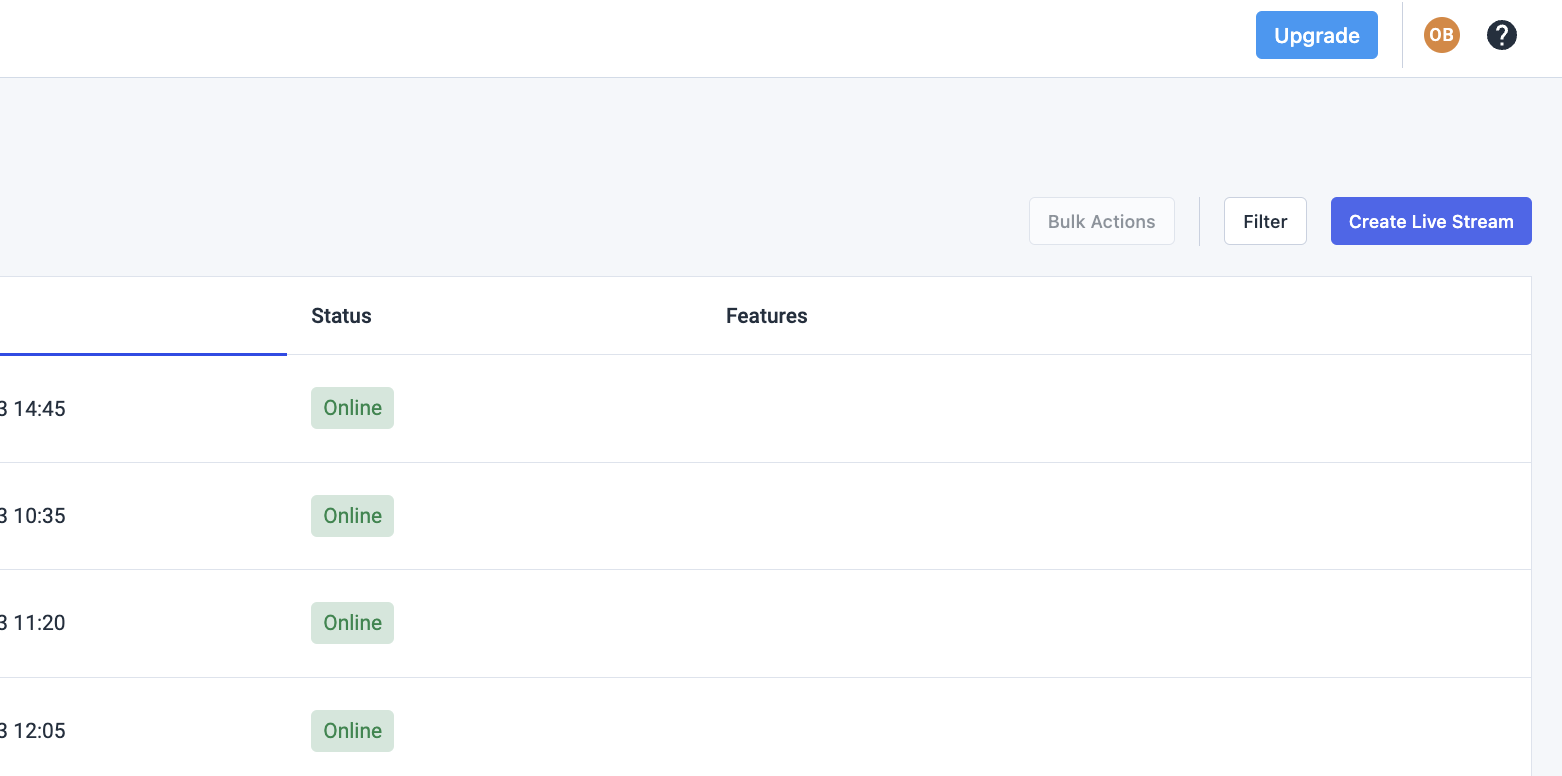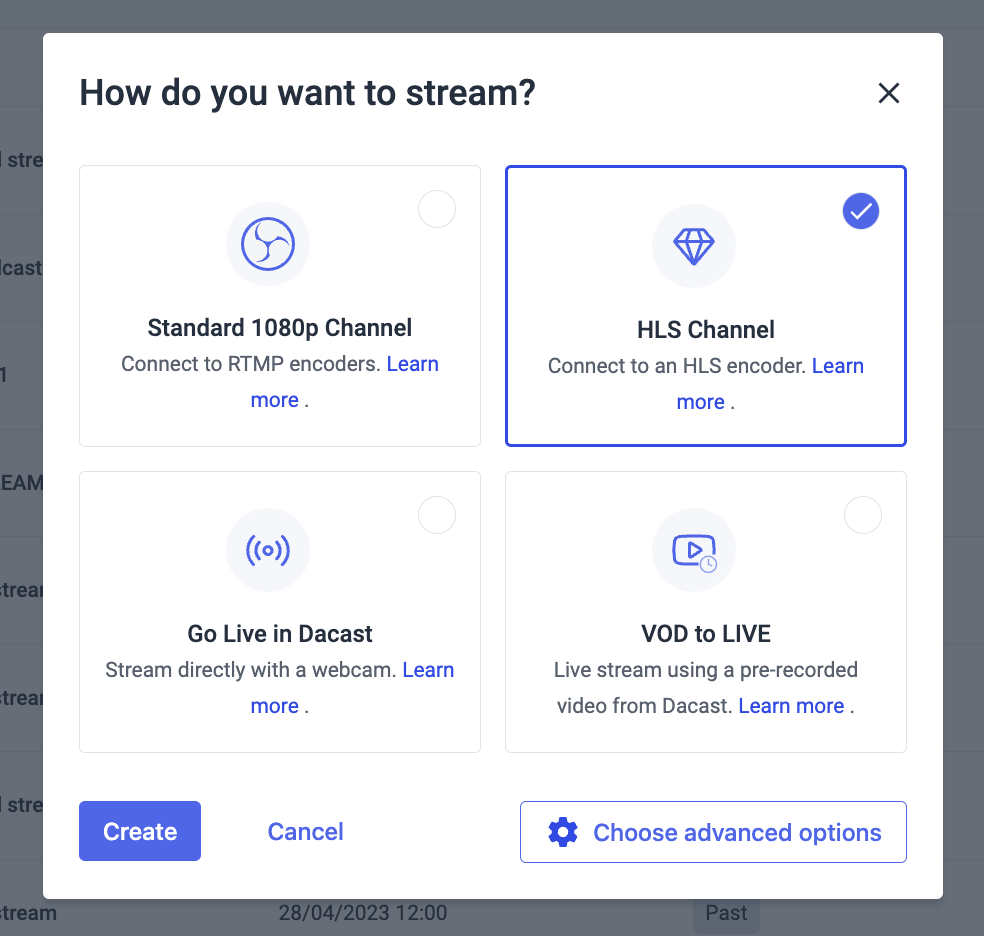HTTP Live Streaming (or HLS) is an adaptive streaming communications protocol created by Apple. It is used for communication between iOS and Apple TV devices. HLS has the capability to evenly distribute either live or any on-demand video. As such, it is the sole technology available for adaptively streaming to Apple devices
HLS is widely supported in streaming servers from numerous vendors and live streaming providers as real-time transmuxing functions in distribution platforms like those from Akamai.
How does HLS basically work?
In a nutshell, HLS works like all adaptive streaming technologies; you create multiple files. Now these files are distributed to the video player, which then changes the live stream content and adapts these streams to optimize the playback experience. The viewer will be the one to really see the playback. Basically since this is an HTTP-based technology, no streaming server is required, so all the switching goes down on the player itself.
A professional encoder is what you need. A professional broadcast encoder is a device that takes in a video source and outputs a stream that is optimized for the internet. It encodes the video into a format that is compatible with HLS and other streaming protocols. The encoder also adds important information to the stream metadata, such as audio and video codecs, resolution, and bitrate.
So HLS ingest and a professional broadcast encoder are two essential components for delivering high-quality video on a streaming platform, because it breaks it down (the video) into small chunks, making it easier to deliver video over the internet. It adjusts the video quality in real-time based on the viewer’s network conditions, as what was stated earlier in the prior paragraph.

To use HLS ingest and a professional broadcast encoder, you need to connect the encoder to the video source and configure it to output a HLS stream. You then need to send the HLS stream to a server that is capable of serving the stream to viewers. This server can either be a cloud-based service or an on-premise server that you manage yourself.
Once the HLS stream is set up and being served, you can embed the stream in a website or app and start delivering video to viewers. The HLS protocol will ensure that the video quality adjusts in real-time based on the viewer’s network conditions, providing a seamless viewing experience.
How to setup HLS streaming with Dacast?
- Create a new Live Streaming Channel by clicking on the Create Live Stream option on the upper right-hand side panel of your Dacast account, under the Live Streams section.

2. Choose HLS Channel as your Stream Slot Type. Click on “Choose advanced options” to personalize your channel.

3. Click “Create” when done.
Note:
An indicator status will show up from your stream channel list meaning that the channel will be streaming in HLS

How to create an HLS Channel using Dacast API?
You can also create an HLS channel using an API call through the following codes from your respective API Platform. Please refer to the API call below:
{
“title”: “EuropeAPITransmuxCDG2″,
“region”: “europe”,
“description”: “testcreate”,
“channel_type”: “hls”,
“rendition_count”: “1″,
“primary_pop”: “cdg”,
“online”: 1
}
Other API calls are also available from our API documentation.
One of the challenges of HLS streaming is the need for high-speed and stable internet connection. A professional encoder can help mitigate this challenge by offering advanced features such as error correction and buffering. This helps to ensure that the video content is delivered smoothly and efficiently, even over unreliable and slow internet connections.
In conclusion, using a professional encoder with HLS streaming is a good combination, as it will deliver and stream high-quality video content over the internet. The ability to use adaptive bitrate streaming, encryption, and advanced features such as error correction and buffering, makes HLS streaming with a professional encoder a very good option for businesses and organizations looking to deliver video content to a large and diverse audience.
Any questions or you want to access this feature? Please contact us. Not yet a Dacast user, and interested in trying Dacast risk-free for 14 days? Sign up today to get started.
 Stream
Stream Connect
Connect Manage
Manage Measure
Measure Events
Events Business
Business Organizations
Organizations Entertainment and Media
Entertainment and Media API
API Tools
Tools Learning Center
Learning Center Support
Support Support Articles
Support Articles